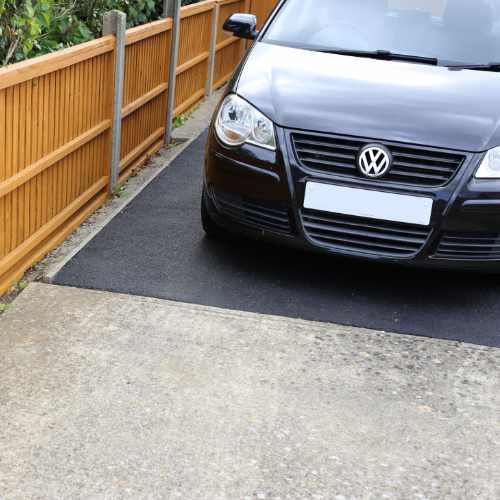HID Bulbs: Colour Changes Explained
This guide explains how and why HID bulbs lose or change their colour.
This article is written more towards aftermarket HID kit users but should cover OEM Xenon bulbs too.
Here we discuss the following:
– HID Bulbs: Fading
– HID Bulbs: Cycling
– HID Bulbs: Common Colour Issues
HID Bulbs: Fading
Over time, HID bulbs will go through something called “fading”.
Fading occurs as a HID bulb ages and usually begins to produce a more blue/violet light output, instead of the colour it’s supposed to emit.
This is caused because the bulb requires more voltage and a higher temperature to maintain the arc (the reason for the colour).
HID Bulbs: Cycling
Over time the pressure of the internal gas within the bulb rises which means the bulb requires more voltage to maintain the arc discharge.
In simple terms, the pressure rises meaning more voltage is supplied to the bulb from the ballast units.
As time goes on, the voltage required gradually increases to a point where there is too much voltage supplied to the bulb.
The ballast unit will then “cycle” a few times but eventually the bulb will just stop working.
A symptom to look for with “Cycling” is when a bulb glows for a short period of time then switches off completely.
HID Bulbs: Common Colour Issues
We’ve discussed HID kits experience power supply issues before but we’ll cover off the most common symptoms below:
-
- One Bulb Is Yellow/Green
HID bulbs that are supposed to be white but one is yellow will mean you need to error check your HID kit.
It means the bulb isn’t being supplied enough power from the vehicle meaning it’s either a faulty ballast unit or your battery needs a charge.
-
- My New HID Bulb Is A Different Colour To My Old Ones
The longer a HID bulb burns, the brighter is gets over time.
This is also true for the colour output becoming whiter and then eventually bluer.
You can normally tell if your older bulbs have gone through the “fading” process but installing one new bulb into your headlights and comparing them.
New HID bulbs won’t look as bright or as colourful due to the “fading” of the old bulbs.
Summary
Much like most issues with HID Kits, errors and issues can usually be boiled down to either a power supply issue or a faulty component.
Remember, when you have a HID kit fitted – always have the engine running before the lights come on.
Also, try to limit the amount of times they are being turned on or off.
Every time you turn a HID bulb on, the pressure raises ever so slightly – slowly chipping away at it’s life span.
The worst time to turn on your HID kit is while it’s still hot.
Essentially the metallic salts do not have time to recrystallise and in-turn has a domino effect from “fading” to “cycling” to eventually a faulty bulb.
Related Guides
- Automotive Guides
- HID Kit Error Guide
- HID Bulbs: Colour Guide

